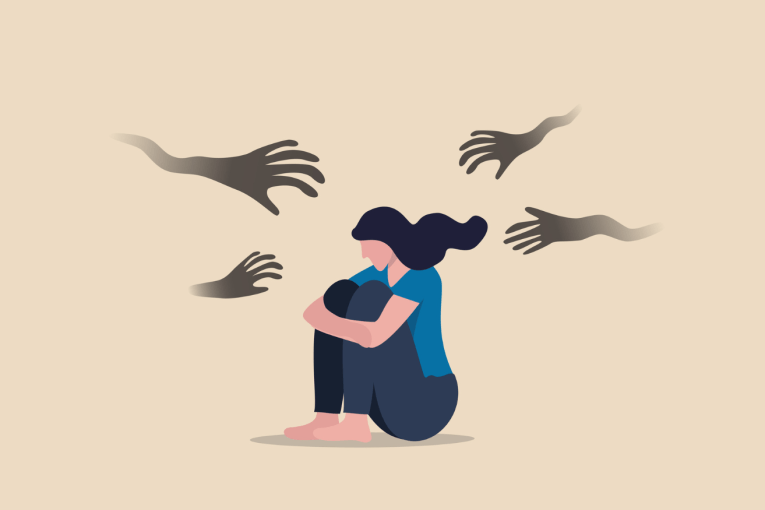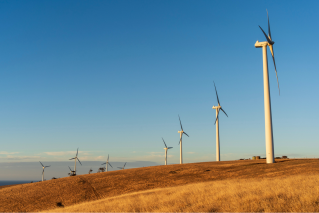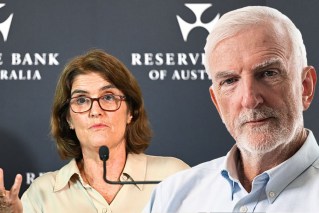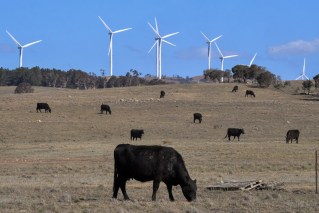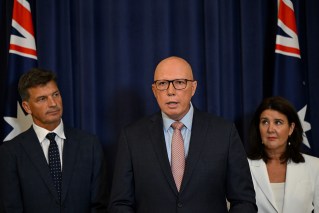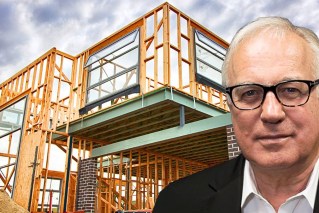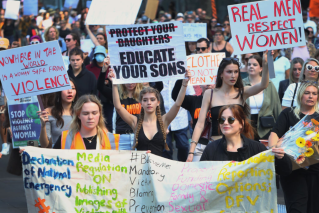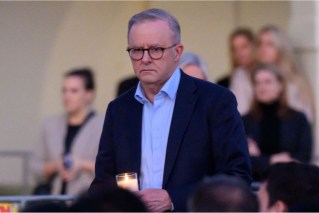Alan Kohler: Rate hikes are over, or should be; 4.1 per cent is the peak

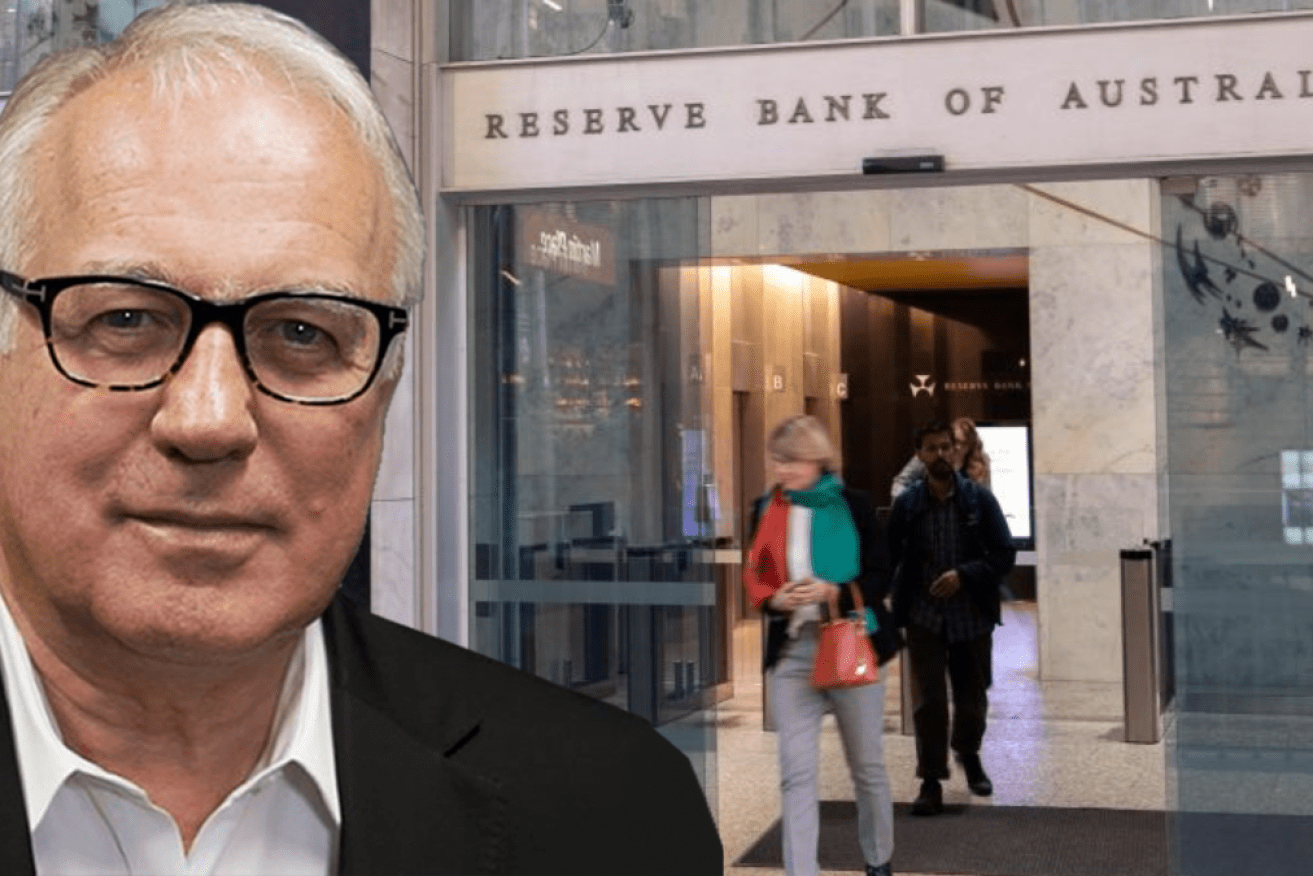
The Reserve Bank has finished hiking interest rates, Alan Kohler writes. Photo: Getty/TND
It’s almost unanimous: There will be at least one more rate hike, probably two.
Two-thirds of economists who are paid handsomely to predict these things are predicting a 13th hike in August and the futures market has odds of 100 per cent on a hike by September and a 60 per cent chance of a second one by February.
I beg to differ.
In my view, the Reserve Bank has now finished hiking interest rates. There will be no more; the cash rate will be 4.1 per cent this time next year, and beyond.
You might think that’s a clear signal that there are more to come, but let me explain why I say that.
First, it’s plainly unnecessary. Monetary conditions operate with a lag for about 12 months, so most of the rate hikes the RBA has done so far haven’t kicked in yet.
As I explained here, inflation is already declining and has been for six months, not just in Australia but around the world. In fact, in May the change in monthly CPI for this country was zero, seasonally adjusted, and in original, non-seasonally adjusted terms, it actually fell 0.4 per cent.
It’s true that the RBA staff and a lot of external economists think it will be impossible to get inflation down to target (under 3 per cent) with unemployment below 4 per cent as it is now.
Responsibility to test idea
But the RBA board has a responsibility to test that idea rather than just accept it and throw another 100,000 or so people out of work. They should at least wait 12 months to see whether what they have done so far will achieve it, and not just guess.
Second, Tuesday’s statement by governor Philip Lowe announcing the pause left out four crucial sentences that were there last month:
“Recent data indicate that the upside risks to the inflation outlook have increased and the board has responded to this. While goods price inflation is slowing, services price inflation is still very high and is proving to be very persistent overseas. Unit labour costs are also rising briskly, with productivity growth remaining subdued.”
And…
“Growth in public sector wages is expected to pick up further and the annual increase in award wages was higher than it was last year.”
Instead, four new sentences made their appearance for the first time:
“Interest rates have been increased by 4 percentage points since May last year. The higher interest rates are working to establish a more sustainable balance between supply and demand in the economy and will continue to do so. In light of this and the uncertainty surrounding the economic outlook, the board decided to hold interest rates steady this month. This will provide some time to assess the impact of the increase in interest rates to date and the economic outlook.”
As I wrote here on Monday, it’s clear that the RBA had turned its attention from crushing demand to suppressing wage growth, or more specifically unit labour costs.
Removing the reference to unit labour costs and wages in the statement and replacing that with a statement that higher interest rates are working and they need to take some time to assess the impact, clearly suggests they are moving to a third phase of this cycle – thinking that 12 rate hikes totalling 4 per cent over 14 months might be enough. There’s not much point assessing it for just one month.
Worsening inequality
And third, this cycle of rate hikes, perhaps more than any before, is horrendously worsening inequality.
That’s because the pandemic has resulted in a vast gulf between those with savings and a small or zero mortgage, and those who have bought a house during the past couple of years at inflated prices and low interest rates, and have no savings and a big mortgage.
The burden of reducing inflation is being carried by a small proportion of the community, who are suffering badly. Dr Lowe says he understands that and is sympathetic, but there is nothing else he can do.
But that’s the reason he said in Tuesday’s statement that “some further tightening of monetary policy (more rate hikes) may be required”, which is what fuelled the confidence of economists and the market that there would in fact be more rate hikes. That statement was his alternative to a 13th hike.
Surely we have learnt not to take what the governor of the Reserve Bank says as a prediction or even a serious warning?
RBA statements are meant to amplify its actions, and have the sole aim of influencing behaviour now, not telling us what they might do in future.
Just as the statements in 2021 that the cash rate was unlikely to be increased until 2024 were meant to augment the effect of the cut to 0.1 per cent, because it couldn’t be cut any further (because they didn’t want to take it negative, like some other central banks did), this week’s statement that more hikes may be required is simply designed to augment the impact of the rate hikes so far, and offset any potential stimulation of this week’s pause.
The RBA doesn’t want the pause to be a signal that we can all relax, that the danger has passed; they are aiming to get inflation down from close to 7 per cent to 3 per cent over the next two years, so there’s still a long way to go.
But that doesn’t mean there will be more rate hikes. There have been enough already.
Alan Kohler is founder of Eureka Report and finance presenter on ABC news. He writes twice a week for The New Daily









